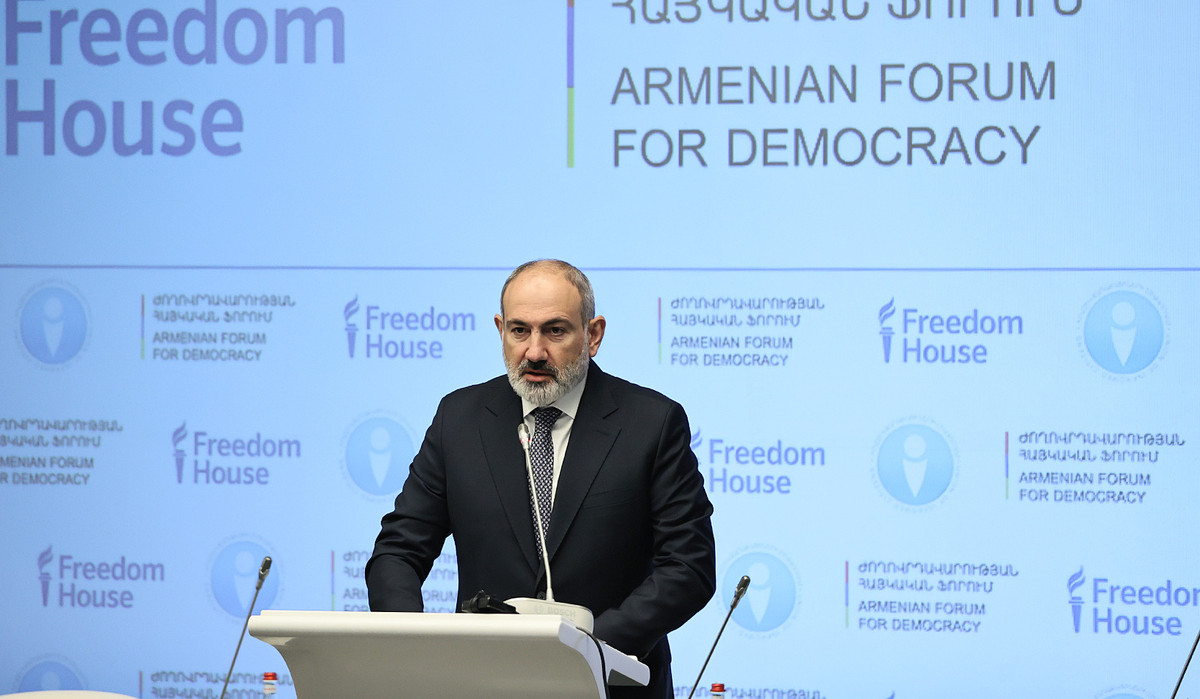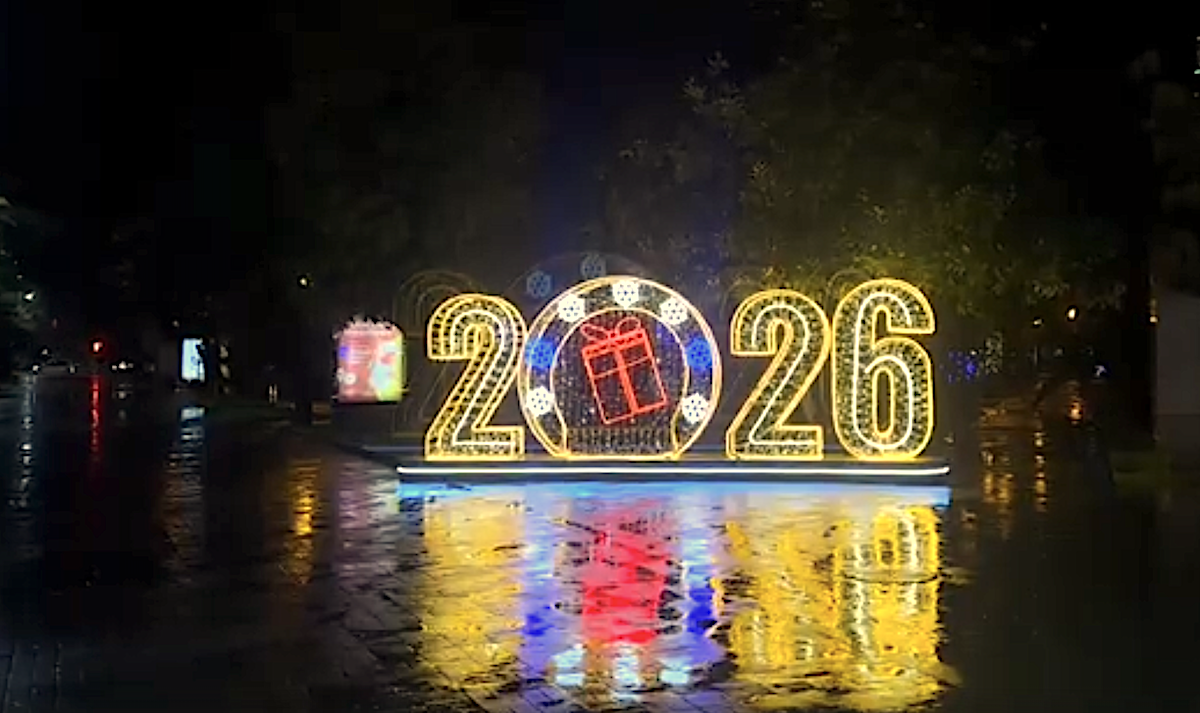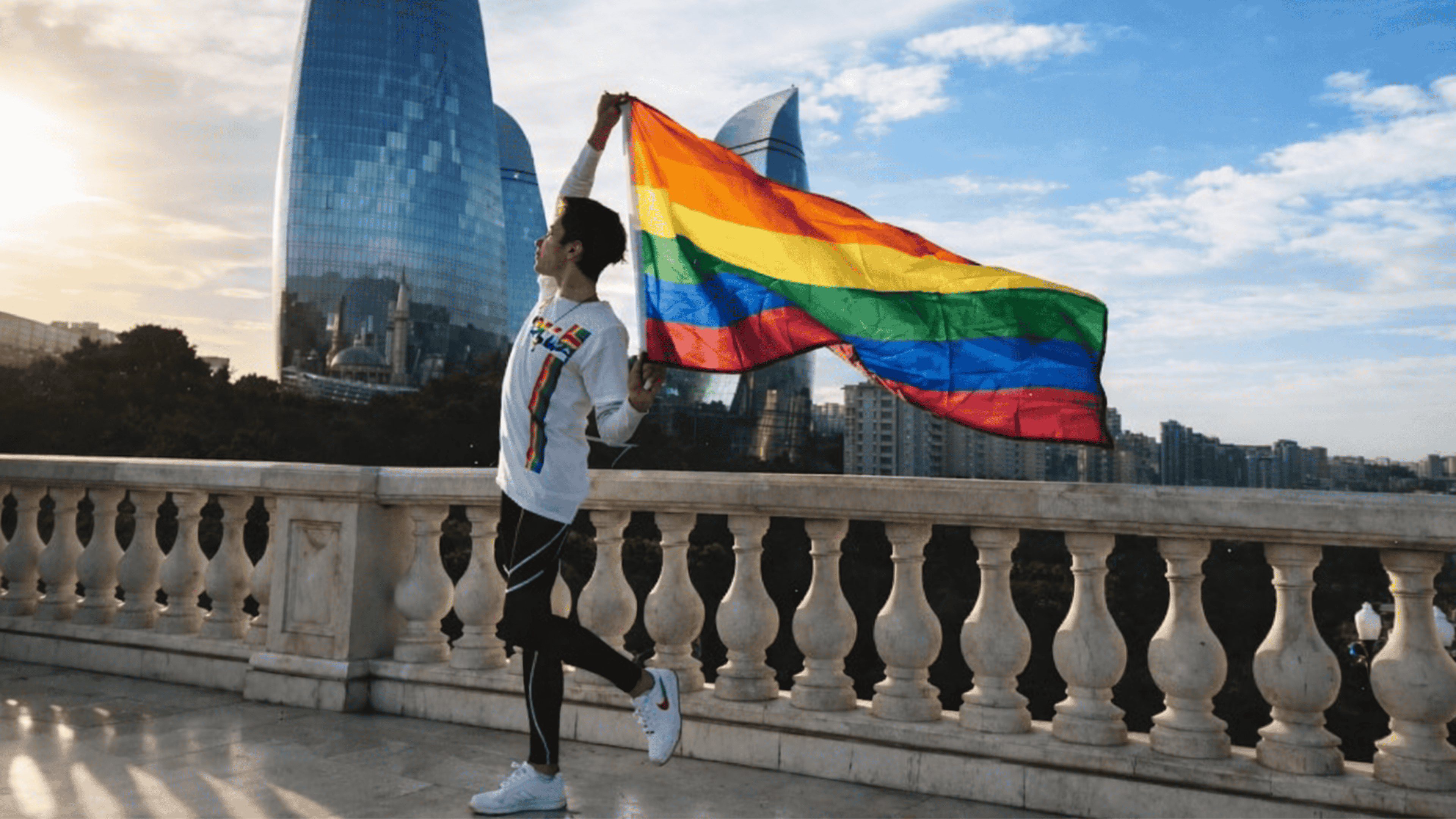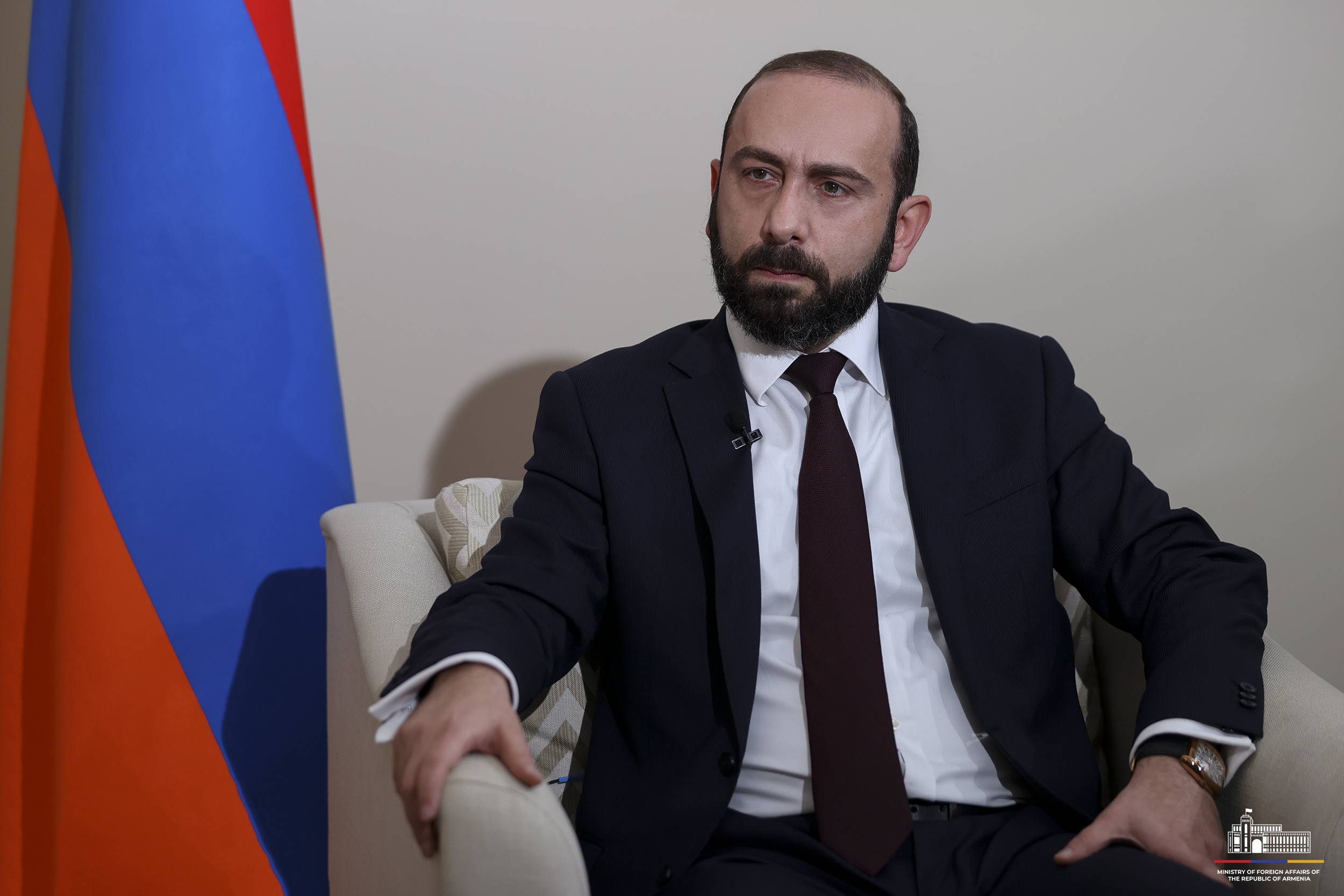56 cases of media restrictions in Armenia: a three-month review
Media restrictions in Armenia
In the first three months of 2025, 56 cases of restrictions on media and journalists’ work were recorded in Armenia.
“Two of the 56 were incidents of physical violence, 25 involved other forms of pressure, and 29 were violations of the right to receive and disseminate information,” said Ashot Melikyan, chairman of the Committee to Protect Freedom of Speech.
He spoke about the violations identified during monitoring conducted between January and March, and also mentioned lawsuits filed against journalists and media outlets.
The expert stressed that, according to international organisations, Armenia continues to be classified as a country with a partially free press.
“Of course, we are the best in the region [according to the press freedom index, Armenia leads among countries in the region — JAMnews]. But the lack of noticeable progress should be a concern for journalists, the political field, and, above all, the authorities. Everyone must make an effort to create more favourable conditions for media activity,” he said.
- Armenia becomes regional leader in press freedom, says Council of Europe official
- Pavel Latushko: ‘Georgia is now in same phase Belarus was in back in 2020’
- Georgian NGOs: ‘We won’t live under Russian-style laws and will resist to the end’
- ‘There is no freedom’ – journalists on lack of media freedom in Azerbaijan
Most pressure comes from authorities
The chairman of the Committee to Protect Freedom of Speech highlighted that the early months of the year were relatively calm in the country’s socio-political life:
“As a result, journalists did not have to cover mass protests or rallies. On the whole, there were few opportunities for confrontation. However, the situation in the National Assembly was quite tense and conflict-ridden.”
Melikyan reported that 25 cases of pressure on journalists and media were recorded, 18 of which came from representatives of the authorities:
“This is a rather alarming trend. In our statements, we have repeatedly drawn attention to this fact and urged efforts to ease the tension that exists in parliament between MPs and journalists.”
Which state institutions journalists find harder to work with
According to the expert, media professionals are most dissatisfied with the work of the Prime Minister’s Office, the Prosecutor’s Office, certain ministries, and Yerevan City Hall.
In the first months of 2025, 29 violations of the right to access and disseminate information were recorded. Specifically:
- state bodies unjustifiably refused to provide information in 7 cases,
- delayed their response in 1 case,
- provided incomplete or vague answers in 13 cases,
- left requests unanswered in 8 cases.
Five new lawsuits filed against journalists and media outlets
Between January and March 2025, a total of 15 lawsuits were filed against journalists and media in Armenia.
Ashot Melikyan stated that 12 of these were filed by state bodies, including four from the Speaker of the National Assembly, Alen Simonyan:
“In addition, two lawsuits were filed by news agencies against media outlets. These were copyright protection claims. One more lawsuit was filed by an ordinary Armenian citizen.”
While last year’s lawsuits were all related to defamation and insults in publications, this year the picture is different.
The expert noted the emergence of a new trend in Armenia’s media landscape — lawsuits concerning copyright infringement.
“In recent years, there have been lawsuits between media outlets, but never related to copyright. This, so to speak, is something new,” he explained.
Previously, Melikyan said, there had been legal claims involving the reprinting of articles without attribution (copy-paste). Now, the news agency Photolure has taken a consistent stance in defending its copyright. It filed a lawsuit over the unauthorised use of its photographs — which had been published without prior agreement, without payment, and without crediting the source.
When asked whether this precedent could change the situation, the media expert replied:
“This may serve as an incentive to cleanse the information space of the chronic illness of copy-paste.”
Comparison with last year
According to research by the Committee to Protect Freedom of Speech, 58 violations were recorded during the same period in 2024 — just two fewer than this year. However, there were no instances of physical violence against journalists last year, whereas in 2025 there have already been two such cases. Both occurred in parliament and were committed by security staff.
In other categories, last year’s figures included:
- 17 cases of pressure on media and their staff,
- 41 violations of the right to access and disseminate information.
Ashot Melikyan noted that violations of information rights have decreased significantly this year:
“There has been some improvement, but overall, the situation is still far from satisfactory.”





















